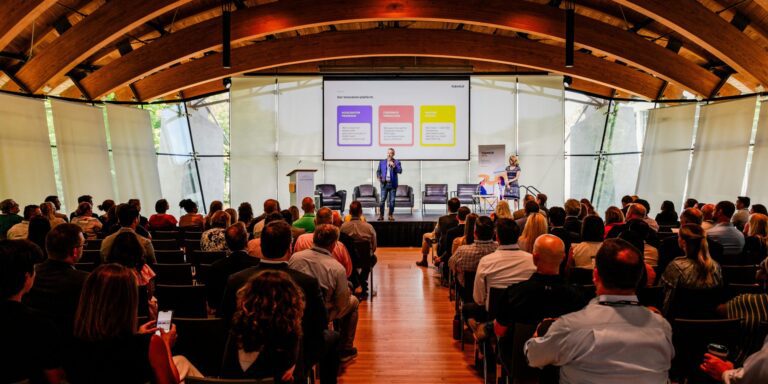On October 20, 2025, a major executive leadership summit convened senior executives, heads of human capital and leading thinkers to address how organisations can lead effectively in times of dramatic transformation. The event emphasised the importance of agility in decision‑making, the cultivation of inclusive and purpose‑driven culture, and strategies for managing hybrid workforces. Participants discussed how dominant leadership models built on command and control are rapidly giving way to networked structures in which senior leaders set context and enable others rather than simply issue directives.
Speakers highlighted that resilient leaders today are not merely adept at solving today’s problems. Instead, they shape the environment in which tomorrow’s challenges will emerge, modelling behaviours that align culture, values and adaptive strategy. One panelist said that being a “leader for the moment” no longer suffices: executives must become “leaders for the context,” able to act amid ambiguity, rapid change and cross‑functional collaboration.
The summit offered frameworks for embedding leadership practices into everyday organisational operations. Among the approaches discussed were peer‑coaching networks that connect leaders across functions and levels, digital learning pathways that support continuous development and alignment systems that tie leadership culture directly to organisational strategy. Several attendees said the most lasting take‑away was less about specific answers and more about asking the right questions: how can my organisation create a leadership ecosystem that grows as fast as the business environment?
Cross‑industry in focus, the summit drew executives from sectors as diverse as manufacturing, finance, technology and non‑profit. They shared stories of how rapidly evolving landscapes — driven by digital transformation, changing workforce expectations, and global disruption — require a rethinking of leadership fundamentals. One human‑capital chief described how their organisation had shifted from an annual performance review model to a continuous development and alignment regime, enabling faster responses and deeper engagement with teams.
Another breakout session explored how hybrid and remote work have made leadership both more complex and more critical. Leaders spoke of the need to build connection virtually, maintain psychological safety, and ensure alignment of purpose even when teams are dispersed. The consensus was that while tools and platforms matter, the underlying culture of trust, transparency and empowerment is what differentiates success from failure.
Even as the world continues to change rapidly, the summit emphasised that leadership cannot simply wait for stability to return. The time to build new leadership muscles is now — before the next wave of disruption hits. Participants left with a renewed focus on developing leadership systems that are sustainable, inclusive and forward‑looking.
Organisers closed the summit by urging attendees to take tangible steps within their organisations: set up multi‑level leadership squads, track new leadership behaviours alongside traditional metrics, and align investments in leadership development to both business goals and culture change. The message was clear: in a fast‑changing business environment, leadership is less about having the right answers and more about enabling the right questions, fostering the right culture and ensuring the organisation is equipped to change faster than the world around it.


